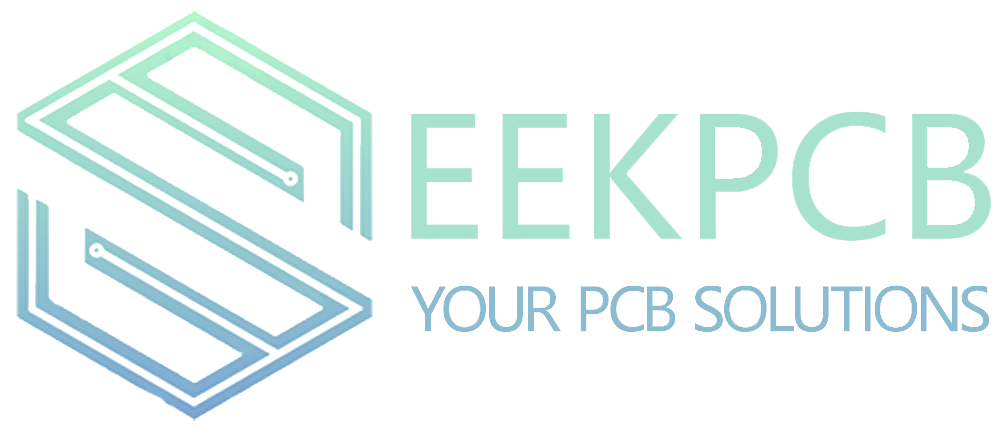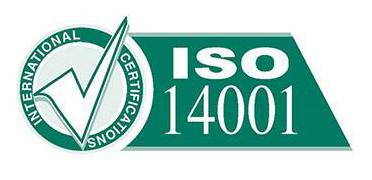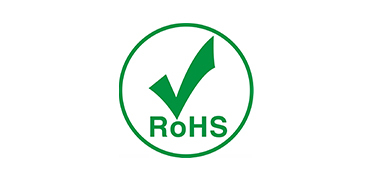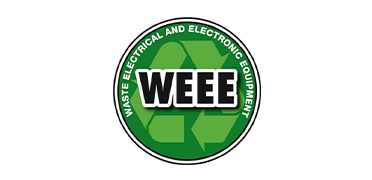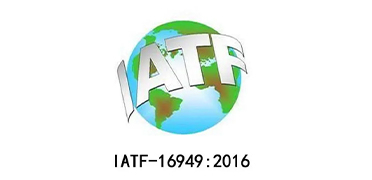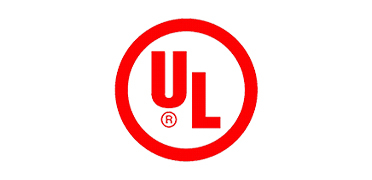








In the ever-evolving world of electronics, the term "RF PCB" is becoming increasingly common. But what exactly is an RF PCB, and why is it so crucial in modern technology? This article delves into the intricacies of RF PCBs, exploring their definition, applications, design considerations, and benefits.
Understanding RF PCB
Definition of RF PCB
RF PCB stands for Radio Frequency Printed Circuit Board. These specialized circuit boards are designed to operate at high frequencies, typically in the range of 3 kHz to 300 GHz. Unlike standard PCBs, RF PCBs are tailored to handle the unique challenges posed by high-frequency signals, ensuring minimal signal loss and interference.
Components of RF PCB
RF PCBs are composed of various layers, including the substrate, conductive traces, and dielectric materials. The substrate is often made from materials like FR4, Rogers, or Teflon, chosen for their excellent dielectric properties. Conductive traces, usually copper, are meticulously designed to ensure optimal signal transmission. Dielectric materials are used to insulate the conductive layers, preventing signal loss and crosstalk.
Applications of RF PCB
Telecommunications
One of the primary applications of RF PCBs is in telecommunications. These circuit boards are integral to devices like smartphones, routers, and satellite communication systems. RF PCBs enable these devices to transmit and receive high-frequency signals with minimal interference, ensuring clear and reliable communication.
Medical Devices
RF PCBs are also pivotal in the medical field. Devices such as MRI machines, pacemakers, and wireless medical monitoring systems rely on RF PCBs for accurate signal transmission. The high-frequency capabilities of RF PCBs ensure that these medical devices function efficiently, providing critical data and support to healthcare professionals.
Automotive Industry
In the automotive industry, RF PCBs are used in advanced driver-assistance systems (ADAS), radar systems, and vehicle-to-everything (V2X) communication. These applications require precise and reliable signal transmission, which RF PCBs are well-equipped to provide. As the automotive industry continues to innovate, the demand for RF PCBs is expected to grow.
Design Considerations for RF PCB
Material Selection
Choosing the right materials is crucial when designing an RF PCB. The substrate material must have low dielectric loss and stable dielectric constant to ensure minimal signal degradation. Common materials include FR4, Rogers, and Teflon, each offering unique benefits depending on the specific application.
Trace Design
The design of conductive traces is another critical consideration. Traces must be meticulously planned to minimize signal loss and interference. Factors such as trace width, spacing, and thickness play a significant role in the overall performance of the RF PCB. Advanced simulation tools are often used to optimize trace design.
Impedance Control
Impedance control is essential in RF PCB design to ensure signal integrity. Impedance mismatches can lead to signal reflections and loss, degrading the overall performance of the circuit. Designers must carefully calculate and control the impedance of traces and components to achieve optimal signal transmission.
Benefits of RF PCB
High-Frequency Performance
One of the primary benefits of RF PCBs is their ability to handle high-frequency signals with minimal loss and interference. This makes them ideal for applications requiring precise and reliable signal transmission, such as telecommunications and medical devices.
Enhanced Signal Integrity
RF PCBs are designed to maintain signal integrity, ensuring that signals are transmitted accurately and without degradation. This is achieved through careful material selection, trace design, and impedance control, all of which contribute to the overall performance of the circuit.
Versatility
RF PCBs are highly versatile and can be used in a wide range of applications, from consumer electronics to industrial and automotive systems. Their ability to handle high-frequency signals makes them an invaluable component in modern technology.
Conclusion
RF PCBs are a critical component in the world of electronics, enabling high-frequency signal transmission with minimal loss and interference. From telecommunications to medical devices and automotive systems, RF PCBs play a vital role in ensuring the reliable and efficient operation of various technologies. By understanding the definition, applications, design considerations, and benefits of RF PCBs, we can appreciate their significance in the electronic landscape and their potential to drive future innovations.
+86-18925293263
